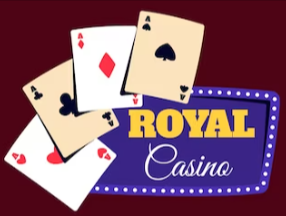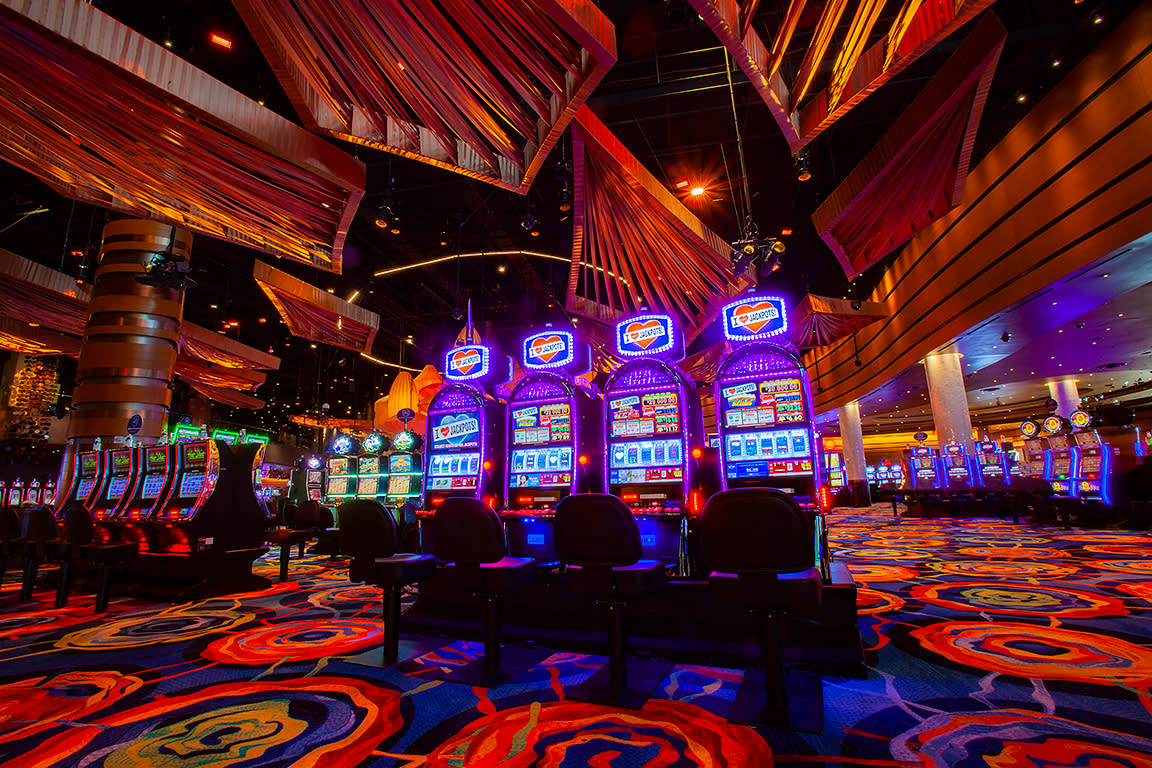Craving Emotion in a Predictable World
For many, modern life has become a loop of repetition: work, commute, bills, sleep, repeat. While stability has its benefits, it often comes at the cost of emotional richness. In the middle of this routine, gambling emerges not just as entertainment – but as a way to feel something sharp, spontaneous, and real.
At platforms like Nine Casino, the appeal isn’t solely about the money – it’s about breaking through the fog of predictability. Gambling becomes a moment of intensity, where time dilates, adrenaline spikes, and emotional stakes feel monumental.
This article explores how gambling functions as a psychological stimulant for people seeking to disrupt the emotional numbness of routine life.
The Neuroscience of Stimulation
The Brain on Risk
When people engage in risky behavior, the brain releases a cocktail of chemicals: dopamine, adrenaline, and norepinephrine. These neurotransmitters flood the system with pleasure, energy, and alertness. Gambling activates the same centers as extreme sports, romantic pursuits, or artistic performance.
Novelty and Reward Loops
Routine deadens novelty. Gambling reintroduces surprise into the system – each spin or card brings the unknown. This taps into the brain’s craving for new stimuli, keeping users emotionally and cognitively alert.
Why Routine Breeds Emotional Fatigue
Modern Predictability
Jobs, bills, scheduled social interactions – modern life is governed by predictability. While this stability offers safety, it often fails to deliver peak emotional experiences. Many report feeling emotionally flat, even successful professionals.
Emotional Dead Zones
Emotional fatigue sets in when a person stops experiencing novelty or contrast. Gambling introduces high contrast: risk vs. reward, loss vs. elation, despair vs. triumph.
The Emotional Range of Gambling
More Than Just Excitement
Gambling provides a spectrum of emotions: anticipation, disappointment, joy, frustration, hope. These emotions may be painful or pleasurable, but they all break the numbness.
Flow State and Full Engagement
Players often describe being in a “flow state” – where they lose track of time and become fully present. In a world of distractions and multitasking, this hyper-focus is rare and valued.
Insights from Experts
Dr. Lydia Stylianou, Cognitive Psychologist
“The emotional engagement of gambling satisfies a deep neurological craving for novelty, risk, and reward. It mimics survival-level urgency in a risk-free environment.”
Markos Theodorakis, User Experience Designer
“We see players returning not just for games, but for moments of intensity. Design isn’t just about accessibility – it’s about curating emotional velocity.”
Real Player Perspectives
Dimitris, 43, Athens
“It’s like a shock to the system. After a day of emails and calls, I log into and finally feel awake.”
Niki, 37, Heraklion
“It’s not just about winning. It’s about feeling something real. Even the losses mean you cared. That’s more than I can say for most days.”
How Gambling Interrupts Monotony
Ritualized Disruption
While gambling can be part of a routine, it’s ritualized in a way that introduces chaos within structure. It’s controlled unpredictability.
Evening Escape and Identity Shift
After work hours, logging into a platform signals a shift – from employee or parent to adventurer, tactician, or lucky underdog.
When Gambling Replaces Emotional Fulfillment
Escaping Too Much
Gambling as a means of stimulation becomes problematic when it replaces genuine emotional experiences – relationships, hobbies, achievement.
The Burnout Cycle
Players who rely exclusively on gambling for emotional highs often experience deeper lows. The emotional swings become taxing rather than liberating.
The Role of Design in Emotional Amplification
Sound and Color Psychology
Slots and games use sensory design to intensify emotion. Fast-paced sounds, bright color schemes, and dynamic animations elevate the sense of urgency and reward.
Progressive Storylines and Social Feedback
Many games incorporate leveling systems, chatrooms, and badges – blurring the line between gambling and social gaming. The emotional investment becomes layered.
Societal Influences and the Need to Feel Alive
The Sedation of Comfort
A culture obsessed with comfort often suppresses raw emotion. Gambling cuts through comfort with stakes, loss, triumph, and uncertainty.
Fantasy and Transformation
Many players fantasize about winning as a path to transformation. Even imagining a win injects vitality into their inner world.
Mindfulness and Responsible Stimulation
Conscious Gambling
By engaging with intention, players can use gambling as a tool for measured stimulation rather than escapism. Awareness prevents dependency.
Scheduled Play and Self-Audits
Platforms encourage setting time and money limits, as well as regular check-ins. This helps users understand their emotional patterns.
Alternative Emotional Catalysts
Combining Gambling with Other Experiences
For emotional balance, players are encouraged to integrate other high-stimulation activities: sports, travel, live music, or creative work.
Diversifying Identity
Recognizing that one can be a gambler and a runner, artist, parent, or entrepreneur helps prevent gambling from monopolizing emotional expression.
Creating Value in the Experience
Meaning Beyond Money
Gambling can be reframed as a skill-building experience – developing risk tolerance, decision-making, and emotional regulation.
Community and Shared Emotion
Live tables and multiplayer events at casino create emotional camaraderie. Sharing highs and lows with others fosters connection.
Conclusion: Seeking Vitality with Awareness
In a world dulled by repetition, gambling offers a jolt of intensity – a moment to feel awake. The thrill, the suspense, the immersion: these are not flaws, but functions. However, like any stimulant, they require boundaries and reflection.
Casino embraces this duality, providing both emotional intensity and tools for responsible engagement. When approached with self-awareness, gambling becomes not an escape from life – but a vivid, powerful reminder of how deeply we want to feel it.

